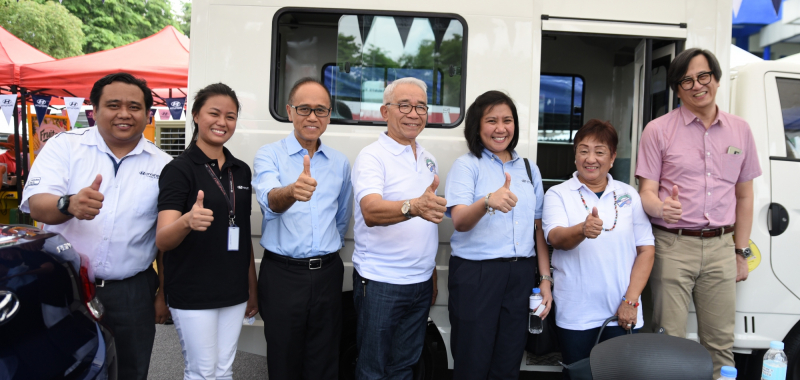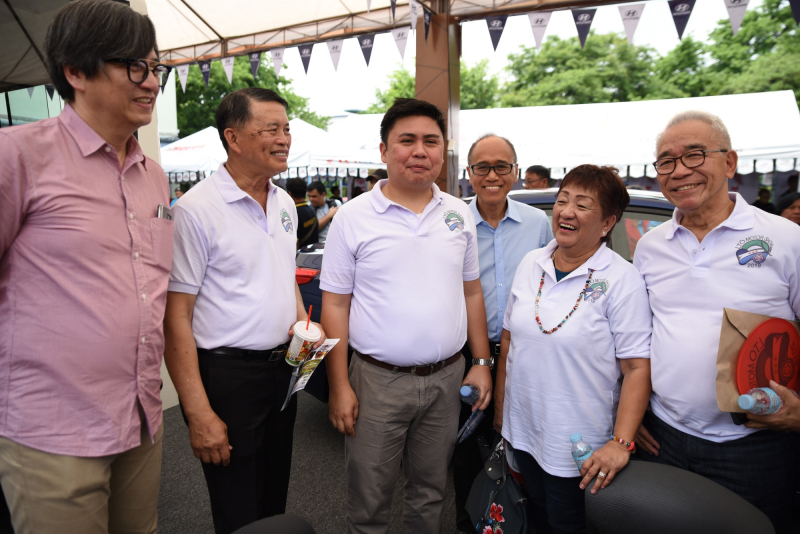The H-100, reinvented into the Hyundai Class-1 Modern Jeepney, is driven by a 2.5-liter, Euro-IV CRDi engine which offers proven fuel efficiency, reliability, and cleaner emissions. It likewise has better stability and safety, thanks to an optimized height to width ratio. Compared to the conventional rear entry PUJ, its door is at the passenger side, mid-section of the vehicle, making it safer for entry and egress. It is also equipped with a cashless payment system (Beep card), Wi-Fi, LCD Monitor, GPS tracking, CCTV cameras,
It’s no secret that our government has been pushing for the modernization of the country’s mass transport system. The move has generated a lot of support from various groups and automotive companies, one of which is Hyundai Asia Resources Inc, which was a participant during the Land Transportation Office’s 107th anniversary held recently.
One of the highlights of the affair was a motor show that centered around the theme e DRIVE na @ 107. The e stands for electric while DRIVE is an acronym for Driver’s License, Road Safety, Inspection, Vehicle Registration, and Enforcement. It essentially showcases what the government agency’s efforts are when it comes to these different aspects.
As for Hyundai, it fielded two vehicles that are each dubbed as its entries into the mass transport modernization. The Class-1 Modern PUV is a 13-seater H-100-based passenger vehicle that has a host of features that put it above the usual PUV seen on our roads. Powered by a Euro-4 compliant 2.5-liter CRDI diesel motor, it boasts of goodies like side-facing seats, as well as automated fare collection system for easier and accurate payments, among others. Of course, the ideal size and motor mean reliability and cleaner emissions.
As for the Reina, this little sedan is powered by an efficient motor that could be a boon for mass transport operators looking for reliability, passenger comfort, and a decent means of getting around the city.
All told, these two models signal a new era for the country’s mass transport system. Hopefully, we get to see more of them on our roads real soon.






